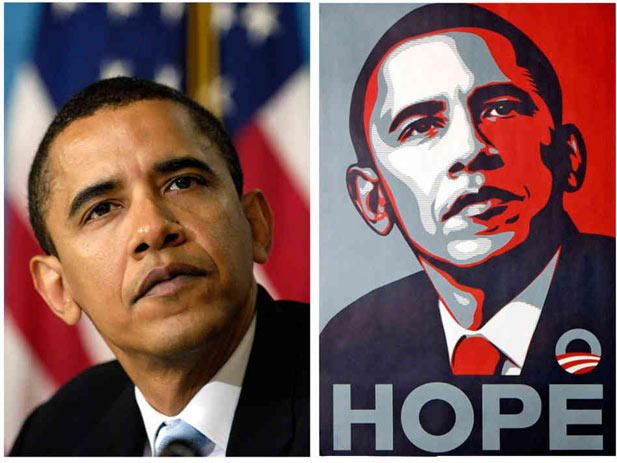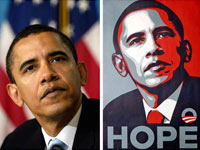
One of the often confused notions in copyright is the aspect of originality. We will clarify this aspect below as we discuss the requirements of copyright protection.
The key requirement for copyright protection to exist in a creation is originality. What is it to be original? Originality does not mean that the copyrightable thing has to be the creative equivalent of the birth of the love child of an Einstein, Steve Jobs and Kanye West rolled together into one awesome explosion of innovation.
What it does mean is that firstly the maker of the creation must have spent some labour, creativity, time and skill in creating it. Exactly how much of each is not cast in stone; the courts decide on a case by case basis how much is necessary whenever the originality of a creation is challenged for copyright purposes.
Secondly; the flip side of the coin of the originality requirement is that the work must not have been copied entirely from another source. Therefore one may use another work as inspiration; but there must be some degree of one’s own labour and skill that is applied to come up with a new work for the new work to be found worthy of copyright protection.
For instance, take a look at the pictures above . A certain photographer took the photo of Barack Obama on the left. An artist created the iconic graphic picture on the right based on the photo; does the picture qualify for copyright protection? Clearly the photo inspired the picture; but it is clear that the artist has put some effort into changing the picture such that it is materially different from the original photo. The artist cannot be considered to have merely copied the photo; but they have used their skill and ability to create a new thing altogether; albeit influenced by the original photo.
Other requirements
After crossing the threshold of originality; a thing must fit into certain categories of works that are eligible for copyright. In Zimbabwean law these are: literary works, musical works, artistic works, audio-visual works, sound recordings, broadcasts, program carrying signals and published editions. Each of these is defined further in the Copyright Act and examples of types of things that fall into each category are given there as well.
Another requirement is that the work must have been reduced to written down, recorded or been put in some material form. This can be tied to the principle that copyright does not protect ideas but only expressions of them found in our previous article here. As long as the concept for a work remains in someone’s head and is never expressed in any form that is perceptible to others then that thing cannot be protected by copyright.
Once a thing meets all the requirements for copyright; copyright protection automatically vests in it. There are no formalities whatsoever that have to be gone through to get copyright. However,m it is highly advisable to ensure that you follow through necessary protective measures which assist in proving ownership of the idea and date of conception of a copyrightable work. Further legal advice may need to be obtained to ensure that one is fully covered and that one’s work is protected by copyright.
The next article will look at the nature and extent of copyright protection.
This guest article was written by B. Matanga IP Attorneys, a specialised intellectual property services firm in Africa; deliberately set up as an anchor to give legal support and address the intellectual property legal needs of companies, individuals and institutions with business interests in Africa.

One response
Jesus is lord